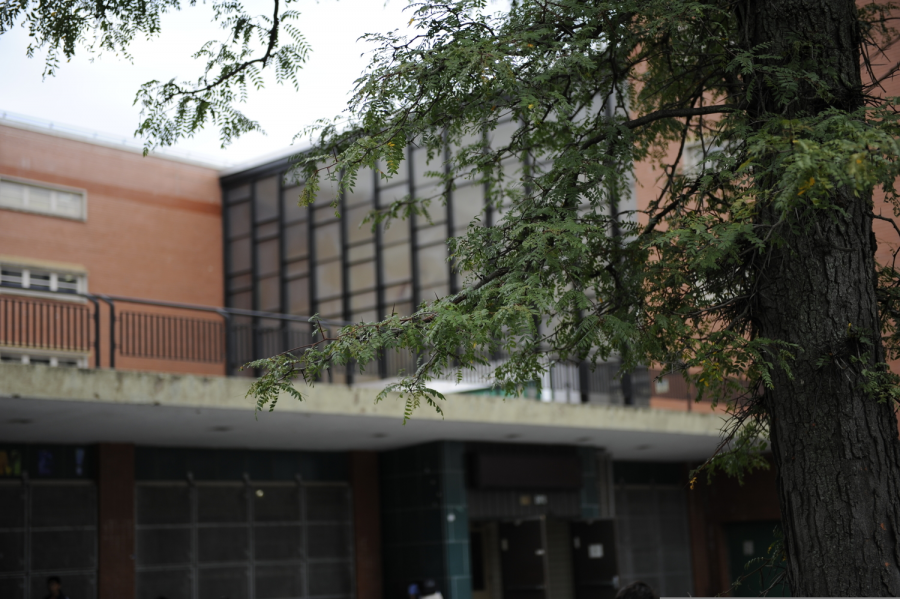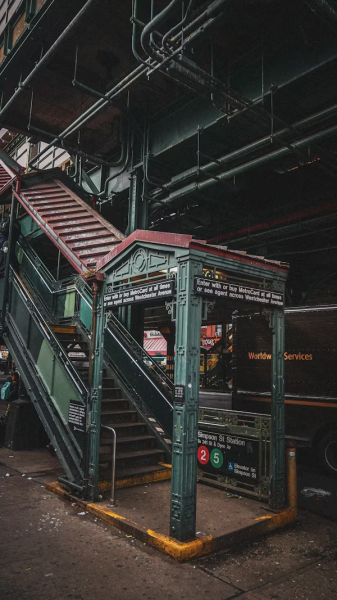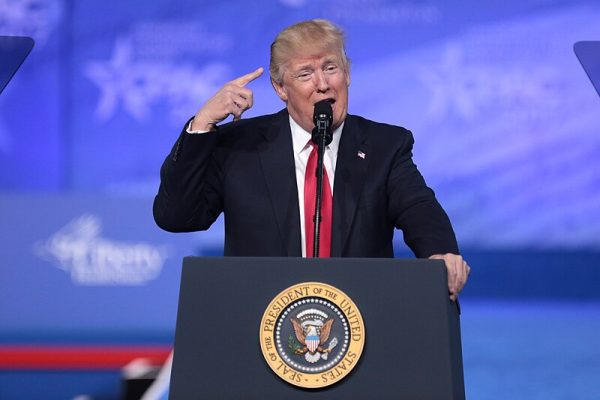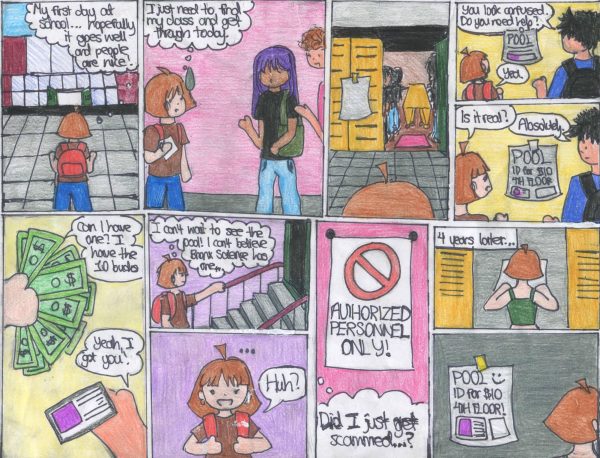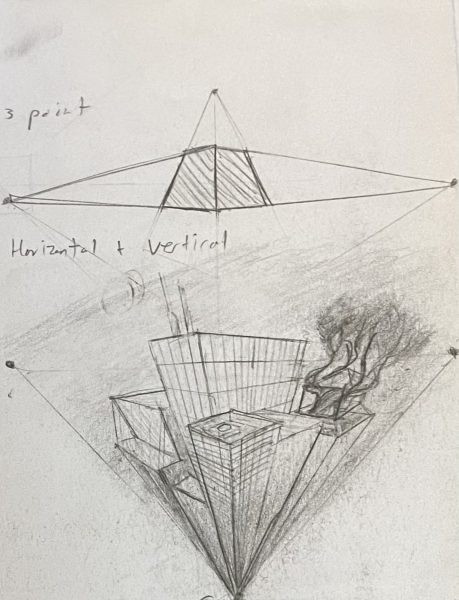Abolishing the SHSAT
Leveling the playing field for NYC high school admissions
The Bronx High School of Science is one of the top specialized high schools in New York City, and is ranked within the top 50 best high schools in the nation.
As the school year begins, thousands of eighth graders among the 1.1 million students of New York City are preparing for the Specialized High School Admissions Test, which has stirred up controversy among middle schoolers, high schoolers, and their parents. Last year, Mayor Bill DeBlasio released a proposal backed by DOE Chancellor Richard Carranza to abolish the SHSAT and reform the high school admissions process. It caused a huge backlash from parents and students alike who believe that this proposal is unfair to Asians, instead favoring African-American and Latinx students for admission. However, it cannot be denied that the immense racial disparity within specialized schools of African-American and Latinx students must be addressed.
The Mayor’s two-part reform consists of the Discovery Program and a phase out of the SHSAT over a three-year period. The Discovery Program was implemented at Bronx Science, though it was subject to a lawsuit. It reserves 20% of seats in specialized high schools for the admission of low income students who score just under the cutoff. The other part of the bill, however, has gained little momentum through legislature due to outcry from Asian American parents and students.
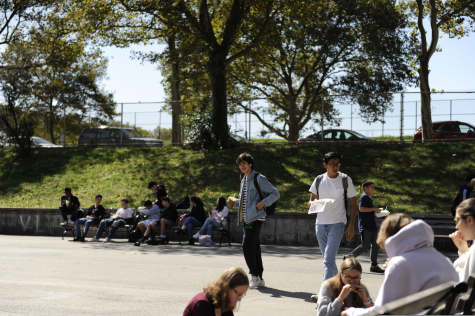
Students enjoy lunch in the courtyard on a sunny day out at Bronx Science.
Many people, especially those from the Asian American communities of New York, believe that the SHSAT is a fair admissions practice because every student is tested on the same material. Though this may be true, students from all around the city come from different areas and financial backgrounds, and are subject to different standards of education. “The material on the SHSAT differs with great polarity with the curriculum taught in school,” said Erin Lee, a sophomore at the Benjamin N. Cardozo High School. As a result of this, students attending substandard schools–primarily located in the more impoverished areas of the city–are systematically placed at a disadvantage when taking the SHSAT. No matter how academically capable or diligent a student is in comparison to their peers in school, when students attending certain schools are taught at a fundamentally lower education standard, they will not be able to compete with other students who come from more fortunate backgrounds. “If all students, minorities or not, are taking the same exam, it is only right by us for the same pre-conditions [to] apply to all,” said Lee.
“If all students, minorities or not, are taking the same exam, it is only right by us for the same pre-conditions [to] apply to all,” said Erin Lee, a sophomore at the Benjamin N. Cardozo High School.
The SHSAT is problematic because it bases high school admissions on a single number–your SHSAT score. In other words, a student’s performance on a single day determines their next four years; and often, the outcome of their entire future. Imagine if college admissions were based solely on a student’s SAT score. Surely, the ethnic makeup of countless colleges, especially top-tier universities, would differ immensely. One could argue that high school is less important than college, but that is not the case. High school is an equally important factor in determining a student’s future as it allows them to discover their strengths, weaknesses, passions, and most importantly, prepares them for college, which is the final stepping stone to one’s career as an adult.
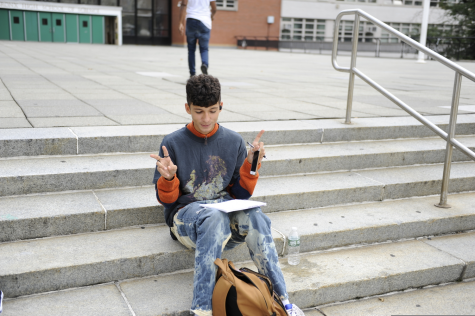
Bronx Science students often study on the campus of the school during free periods.
So why not base high school admissions on grades and standardized test scores? Even our own Bronx Science alumni agree. “We cannot define a child by a moment. That is not a comprehensive assessment of a child’s ability, nor is it a humane way to treat children,” said Hira Bokari, who graduated from Bronx Science in 2010. “The fact that my efforts in school had been downtrodden by the result of a one-day test infuriated me.” Lee says. “I believe a better evaluation of a middle school student’s capabilities would be to analyze his or her GPA relative to the rest of the students in his or her school, while considering the socioeconomic status of the individual,” said Jonayet Lavin, ’21.
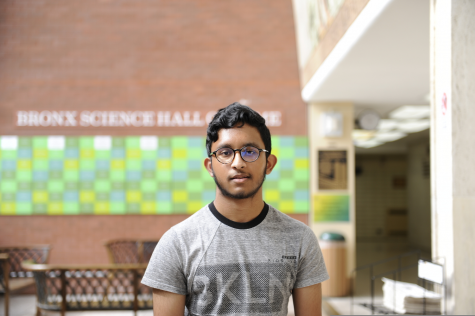
Jonayet Lavin ‘21, does “not believe that the SHSAT is a fair exam.”
After all, a student’s performance in school is a more accurate representation of their academic potential. Standardized tests, such as Regents exams, are administered every year, not only indicating a student’s true scholastic aptitude, but also demonstrating their abilities across multiple subjects. In the future, it may even be possible to raise New York’s academic standards by giving students an incentive to perform well in middle school, if the high school admissions process is reformed, and the SHSAT abolished.
Byul Sak is a Staff Reporter for ‘The Science Survey’ and Caption Editor for the ‘Observatory.’ She is passionate about reporting on politics,...
Jackson Trauben is a Photo Editor and Chief Photographer for ‘The Observatory.’ An avid reader and artist, Jackson loves using photography as a lens...

